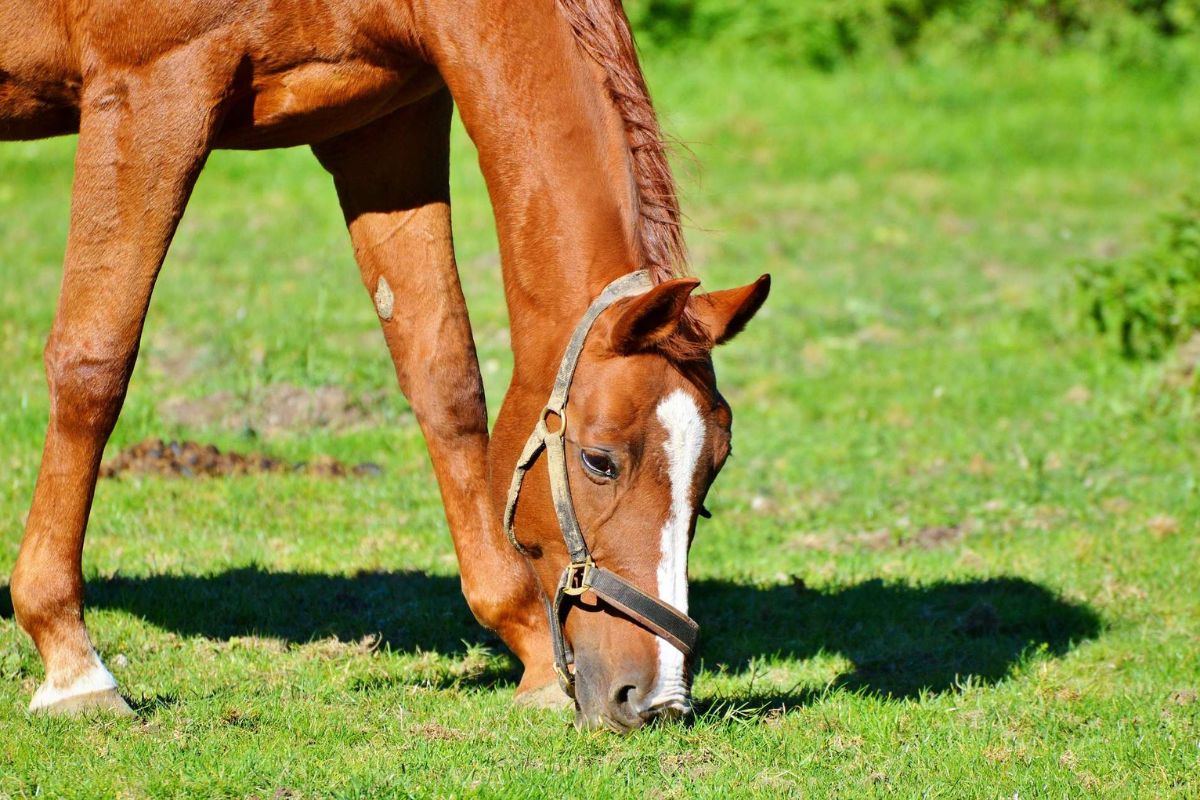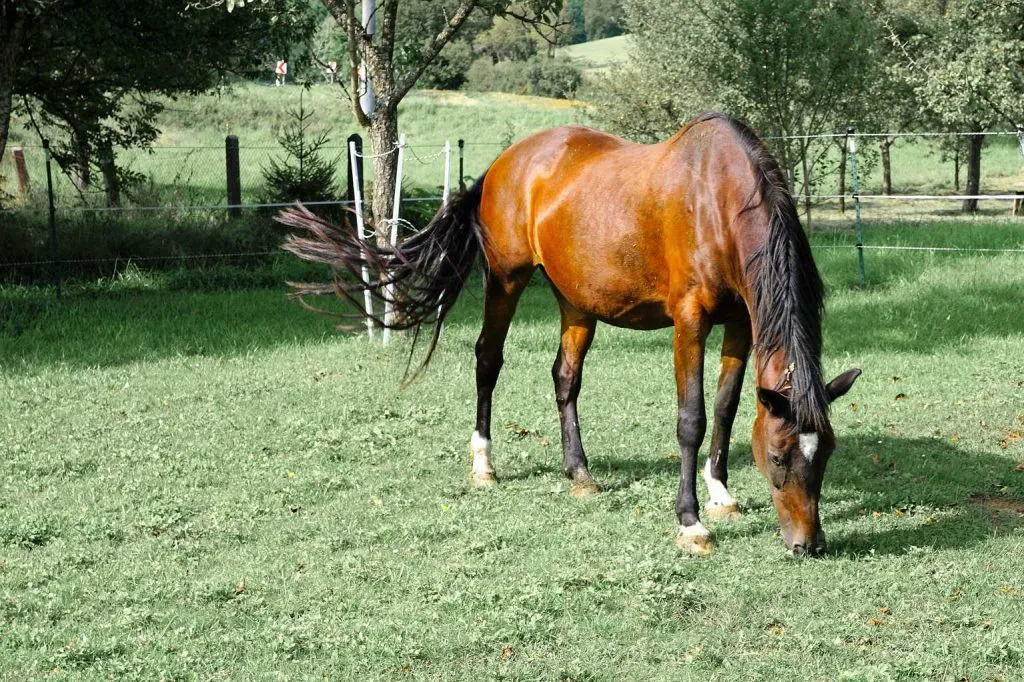Menu

Often, it's said that a horse can live anywhere between 20 and 35 years. This, of course, depends on the breed, but also on how hard the horse has been used throughout its life, and how genetically robust it is. Determining when your horse can be classified as 'old' can be challenging, and it can be even harder to figure out when it's time to reduce training. In short, the best advice is to listen to your horse and accept that it can be 'old' at 15 just as much as at 25. It's up to you to feel and decide.
It's important to remember that even if age starts showing in a horse, it doesn't necessarily mean it's done as a riding horse. Some horses can perform at a high level until they are 18-20 years old, while others might be worn out by 12. Ultimately, it's up to you as the owner to determine this by paying close attention. To help you decide, here are nine signs that your horse is starting to get old - but it doesn't necessarily mean it's done with its riding career:
Also read: 5 metaphors to aid your dressage training

Just as with humans, exercise helps keep the horse active. However, just as an 80-year-old might struggle to run a marathon, a 25-year-old horse shouldn't be used in the same way as one that's 10. To keep your horse physically healthy and enjoy its company for as many years as possible, it's a good idea to incorporate the following into your training, especially when you start noticing signs of ageing.
The older horse shouldn't just be exercised every weekend. It needs light exercise several times a week. Frequent, short rides, where the horse isn't overexerted but maintains a gentle pace, are best.
Start demanding less from your horse. Lower the height of the jumps and be cautious with the more intense exercises. This way, you reduce the risk of your horse getting injured or losing motivation because it's too strenuous.
A varied training routine will keep the horse happy and motivated to work despite its age. Moreover, it strengthens the horse to engage in different activities - as is the case for horses of all ages. Don't hesitate to often ride out in the countryside, where the horse isn't required to maintain the same level of muscle strength and endurance as when ridden on a track.
It's also crucial to give the older horse ample time to warm up and cool down during training. Otherwise, injuries can quickly occur.
As a horse's back changes with age and it easily loses muscle and fat, it's essential to ensure the saddle fits well. A saddler is, of course, the best person to determine this, and you might need to adjust the saddle as your horse gets older.
Also read: Carl Hester: Spend your money on training rather than expensive horses
Although, as mentioned, you can't solely rely on a horse's age to assess its condition, it might be helpful for you as an owner to compare its age-related development with that of humans. This way, you get a rough idea of your horse's physical state. But remember not to get too fixated on the number; try to understand it in the context of how you perceive your horse.
The most recognised method for converting a horse's age to 'human years' was developed by the British vet, Dr. Jornigan. This vet doesn't believe that one horse year equates to a specific number of human years. Instead, the first year of a horse's life is equivalent to 12 human years, and its second year adds another 9 human years. The vet then believes the horse's next three years equate to 4 human years each. And from the age of 5, each subsequent year is counted as 2.5 human years. We've done all the calculations for you and compiled them into a table so you can quickly determine your horse's 'human age'.
Remember, this is just an estimate; no one truly knows how a horse's age translates to human years.
| Age of the horse | Human years |
| 1 year | 12 |
| 2 years | 21 |
| 3 years | 25 |
| 4 years | 29 |
| 5 years | 33 |
| 6 years | 35,5 |
| 7 years | 38 |
| 8 years | 40,5 |
| 9 years | 43 |
| 10 years | 45,5 |
| 11 years | 48 |
| 12 years | 50,5 |
| 13 years | 53 |
| 14 years | 55,5 |
| 15 years | 58 |
| 16 years | 60,5 |
| 17 years | 63 |
| 18 years | 65,5 |
| 19 years | 68 |
| 20 years | 70,5 |
| 21 years | 73 |
| 22 years | 75,5 |
| 23 years | 78 |
| 24 years | 80,5 |
| 25 years | 83 |
| 26 years | 85,5 |
| 27 years | 88 |
| 28 years | 90,5 |
| 29 years | 93 |
| 30 years | 95,5 |
Also read: Dressage exercises: The best circles for any level
Sources: BlueCross / Kentucky Equine Research / S.E. Blackwell: ’The Senior Horse – More Than Just Basic Care’.